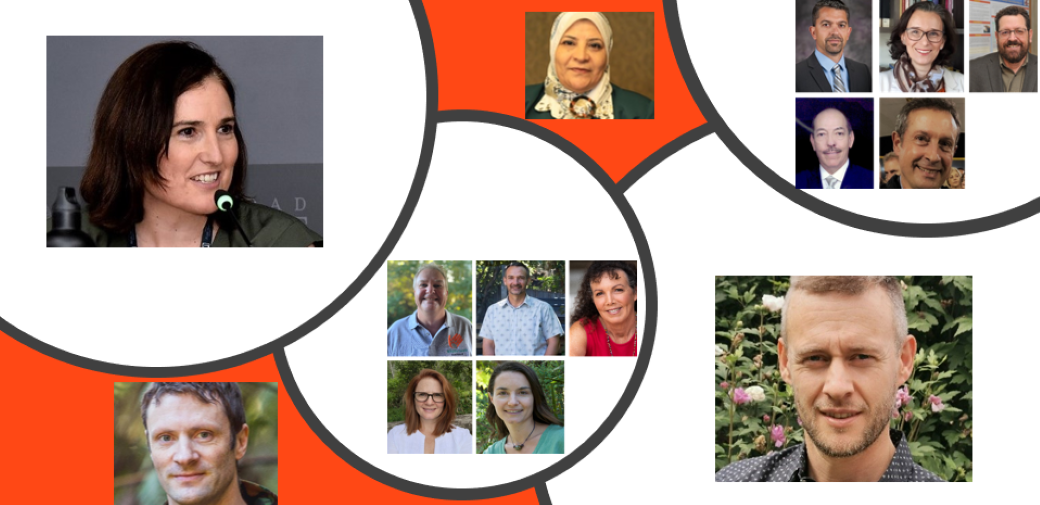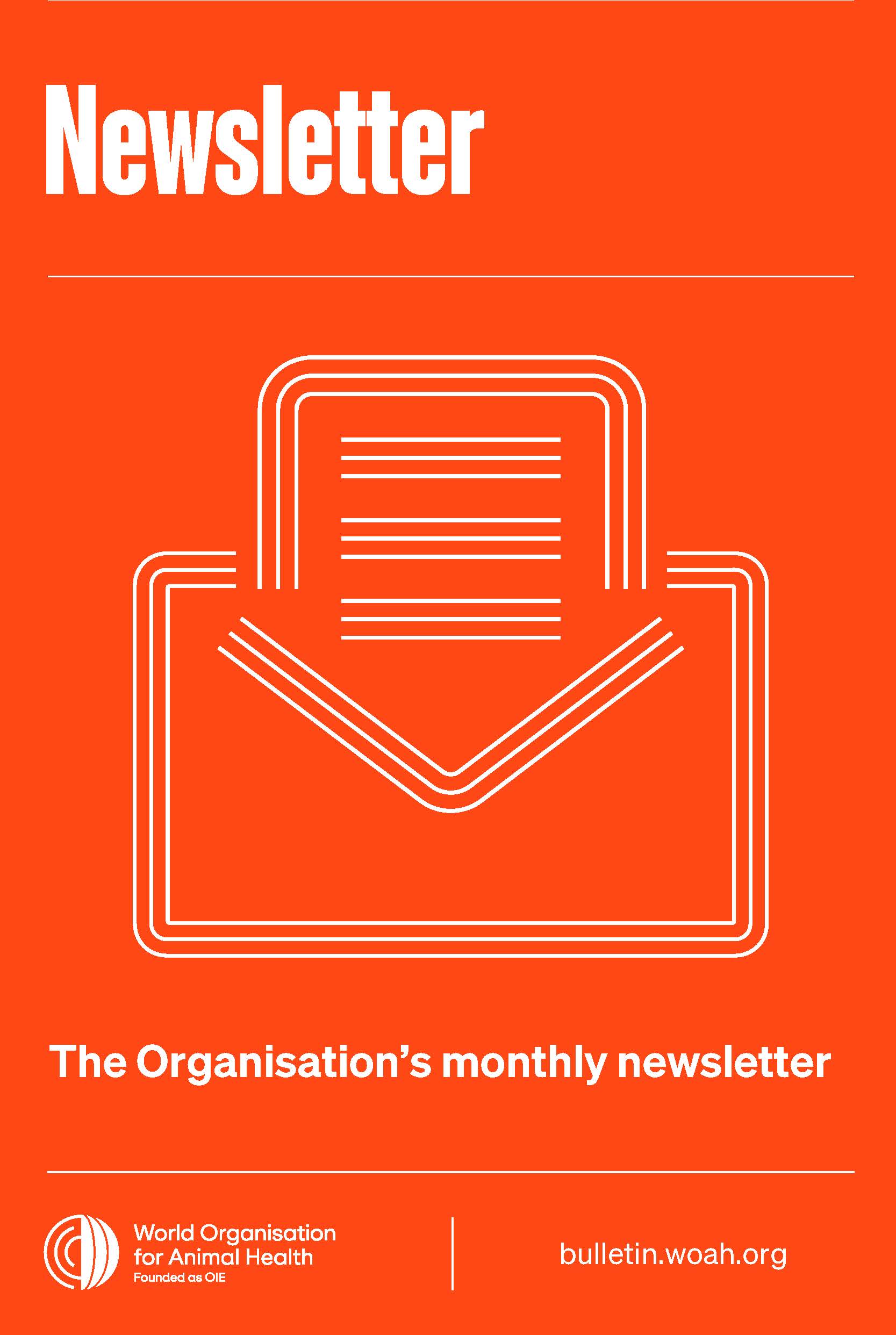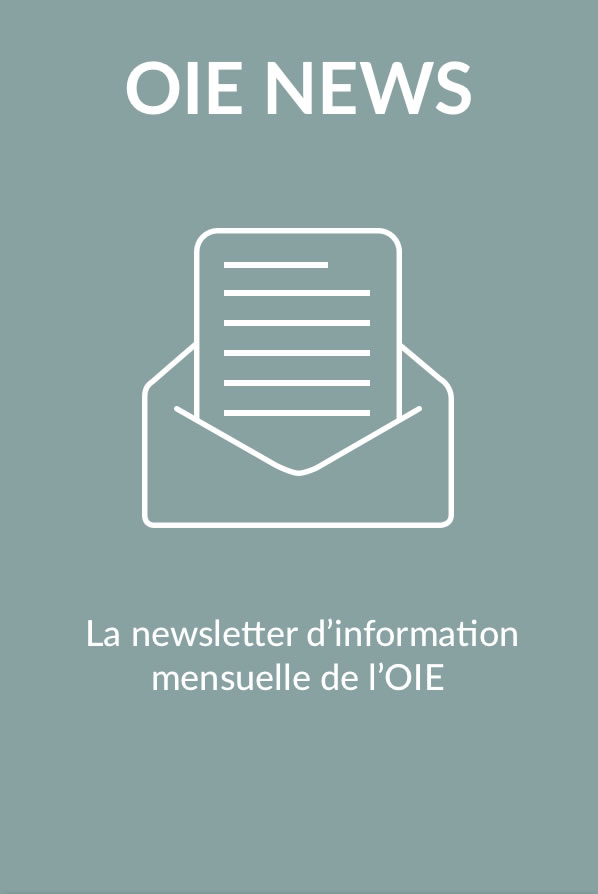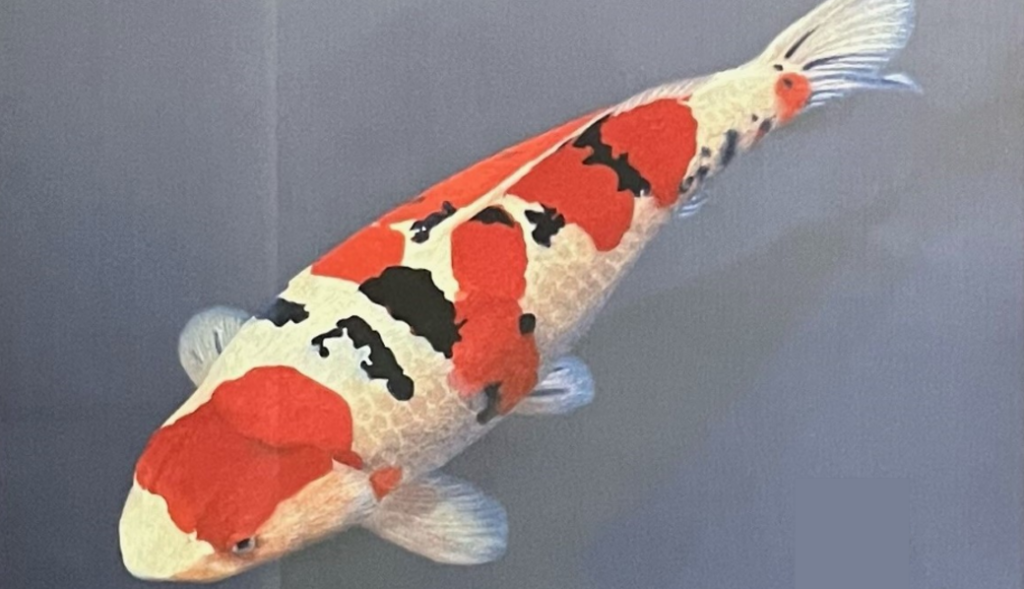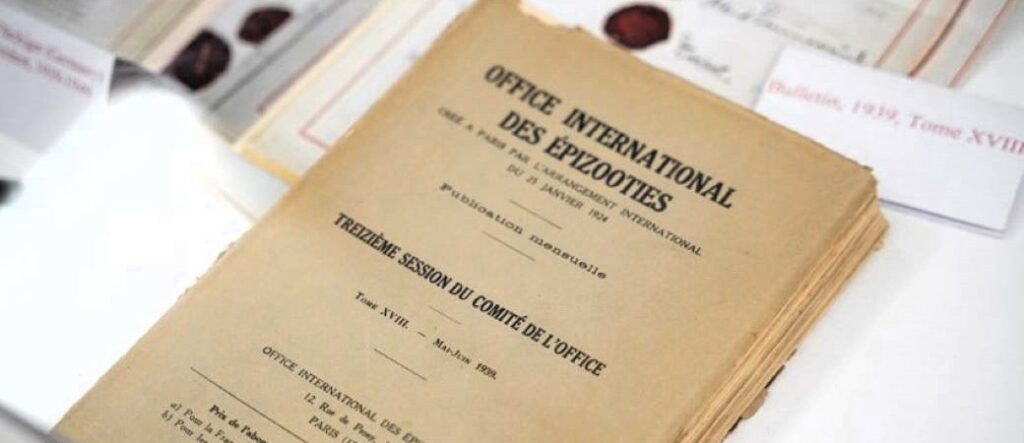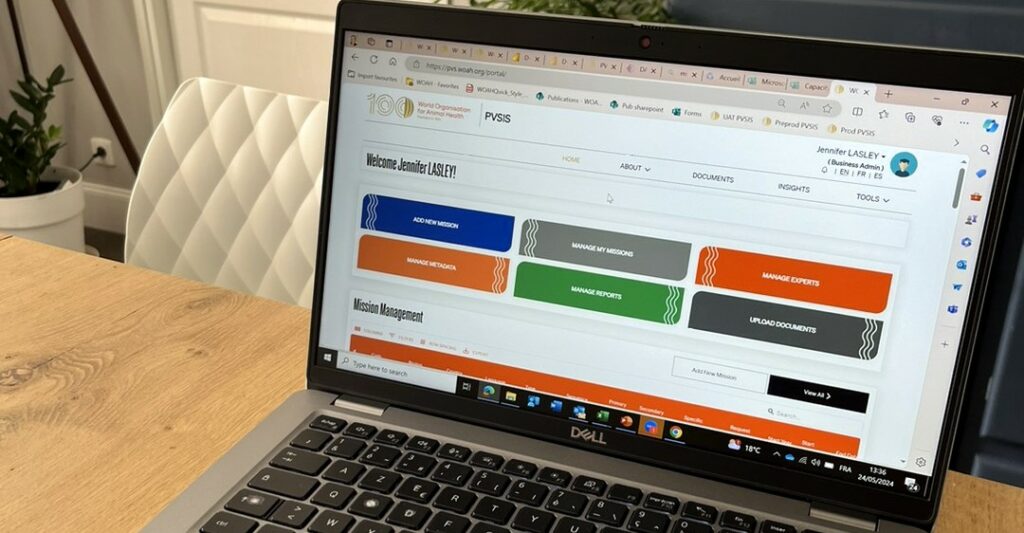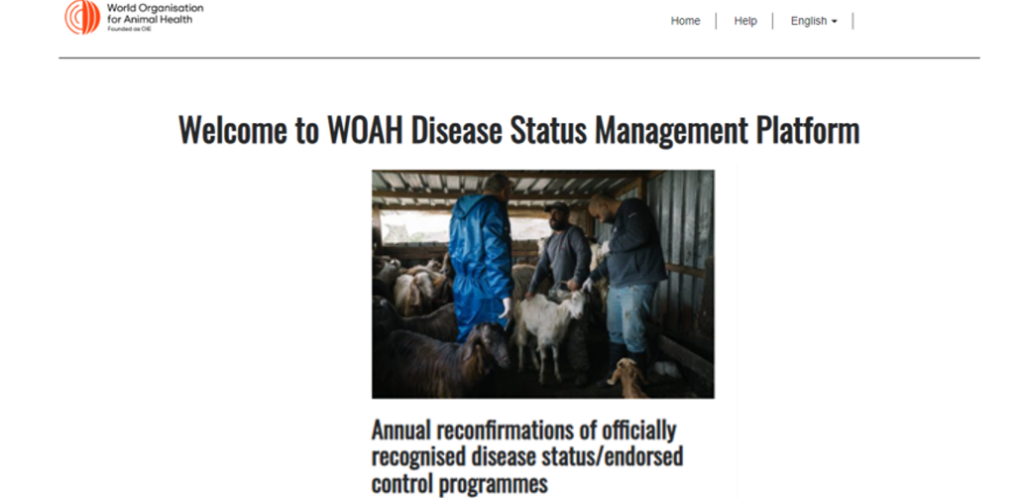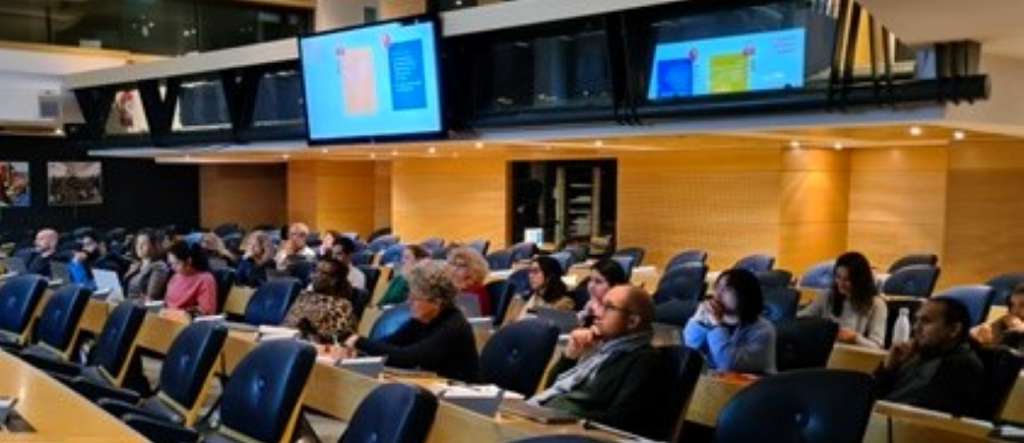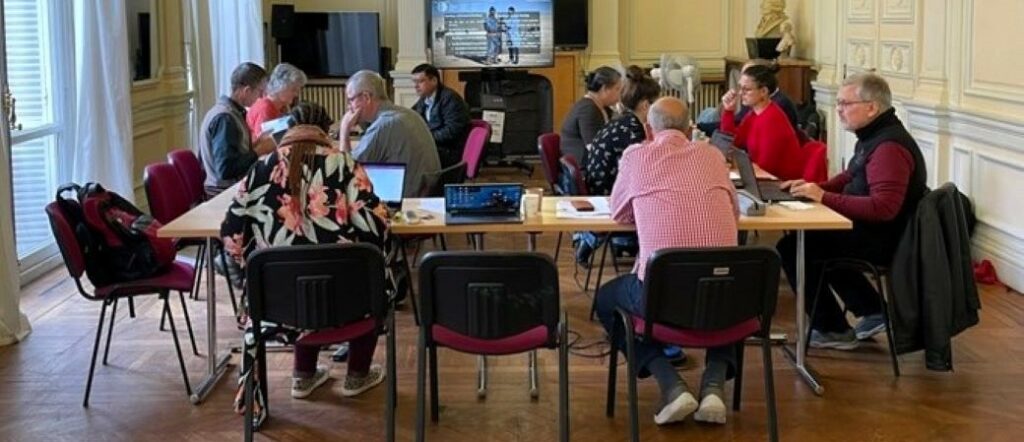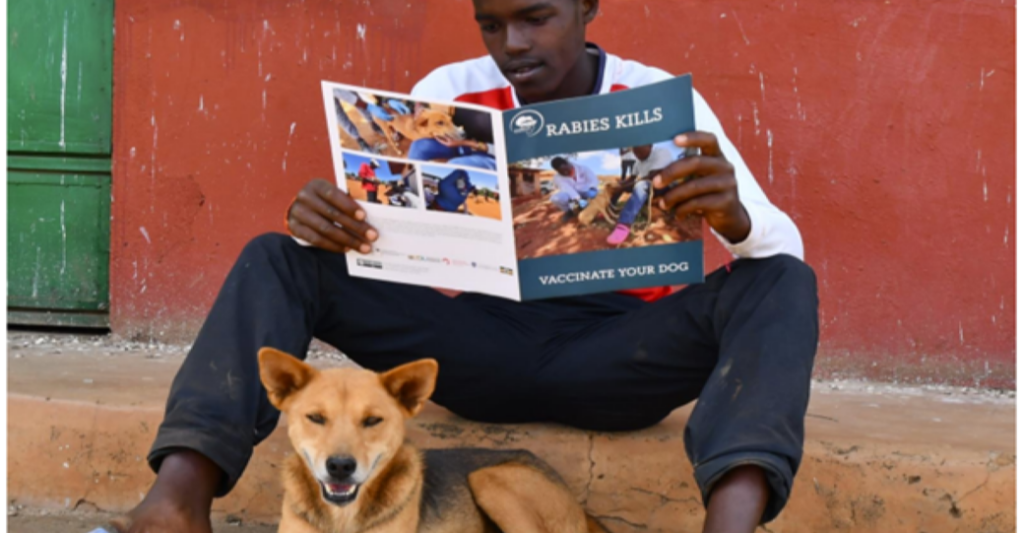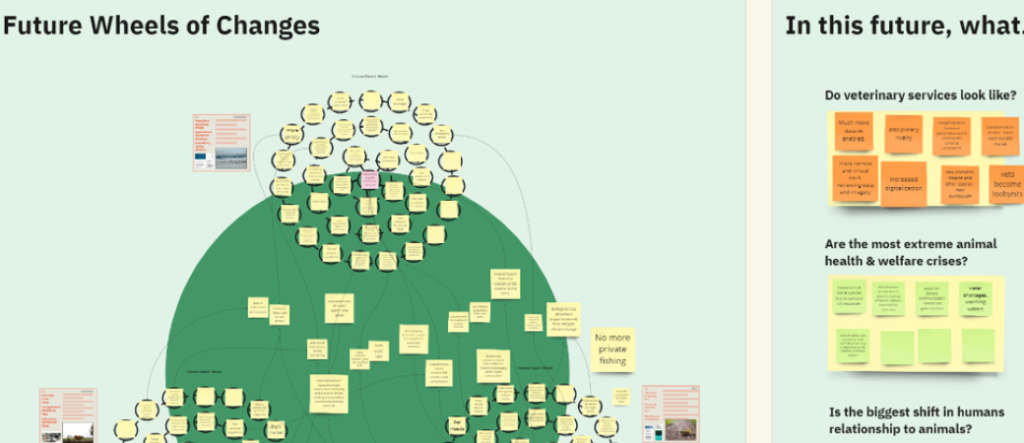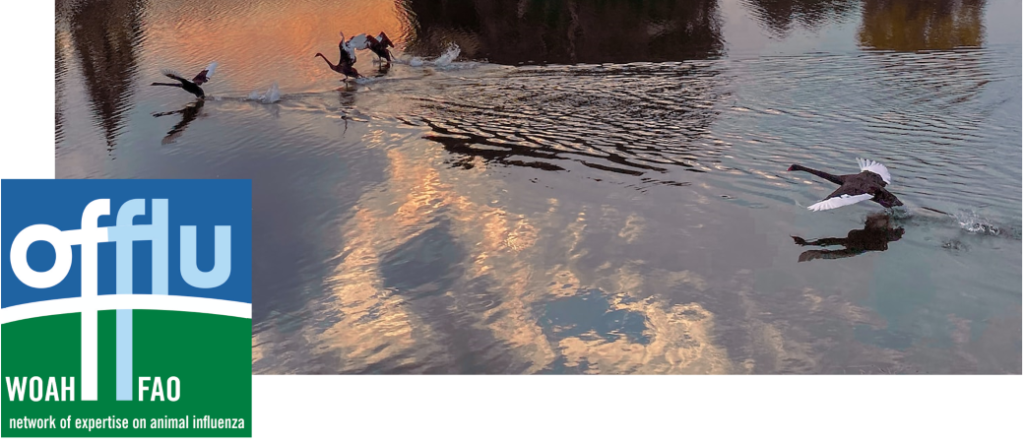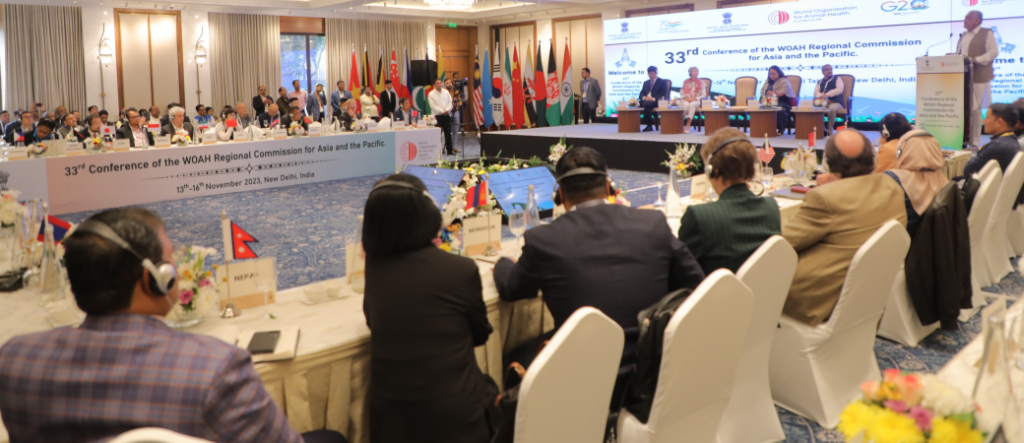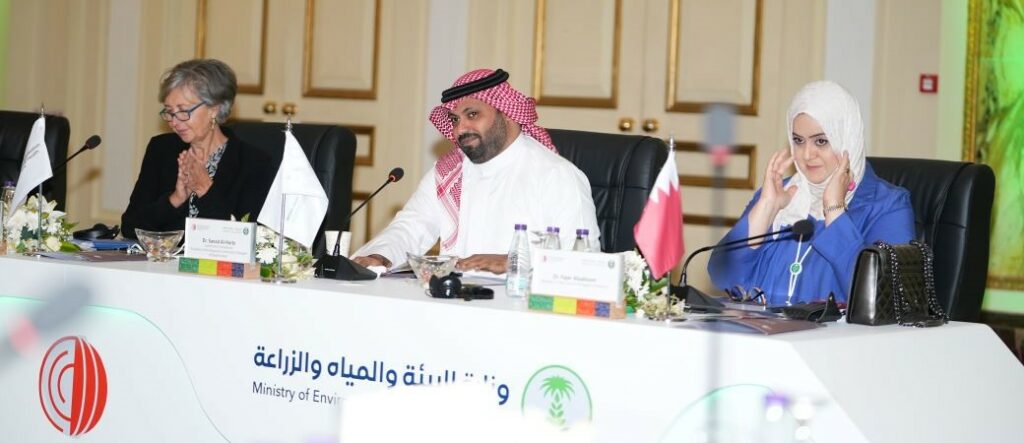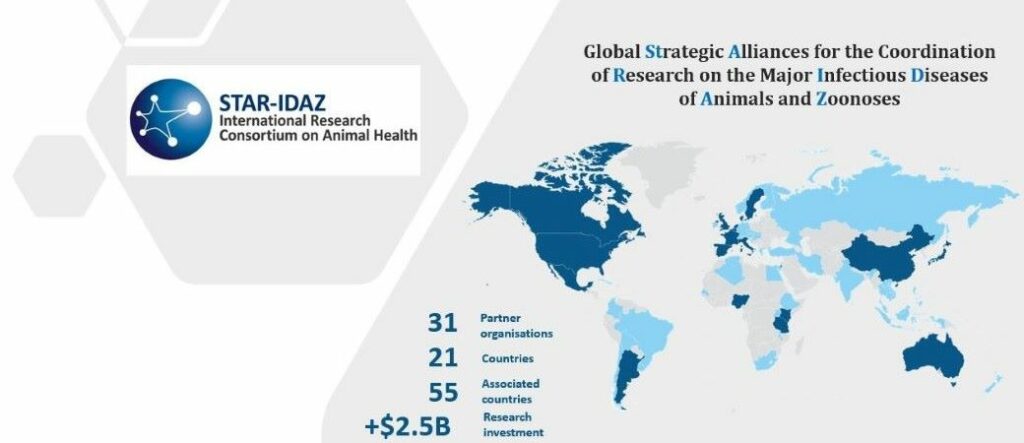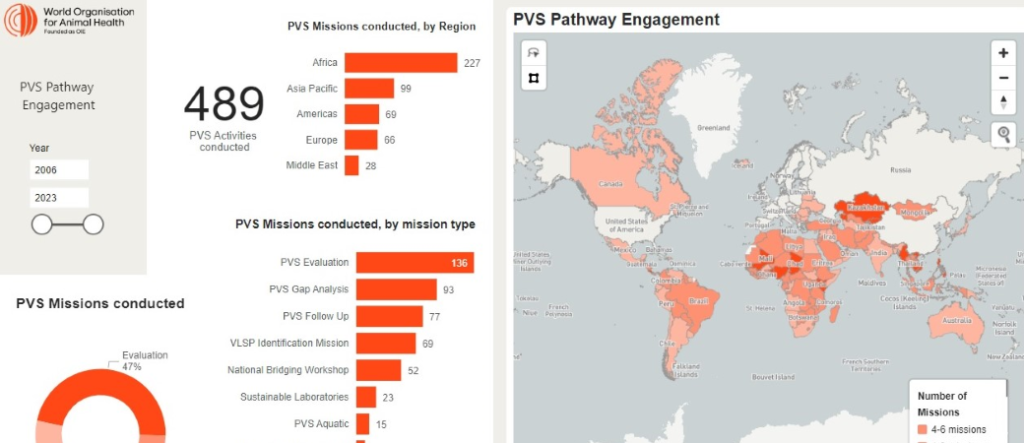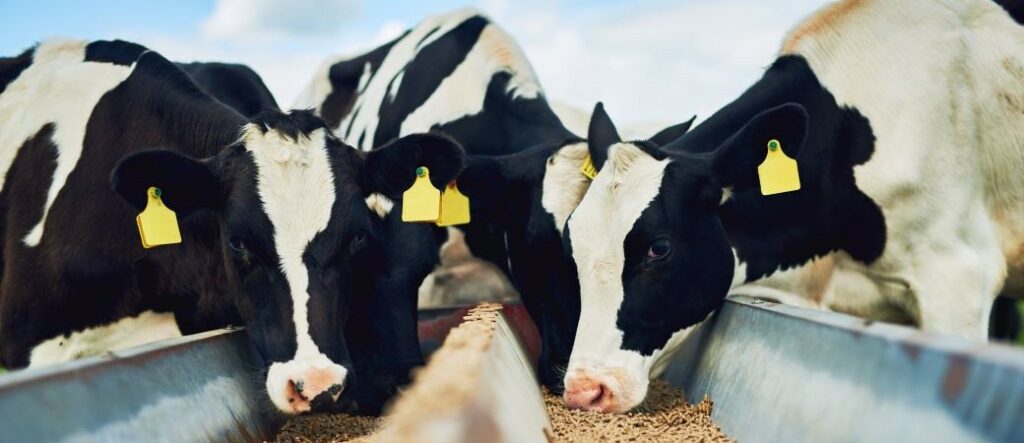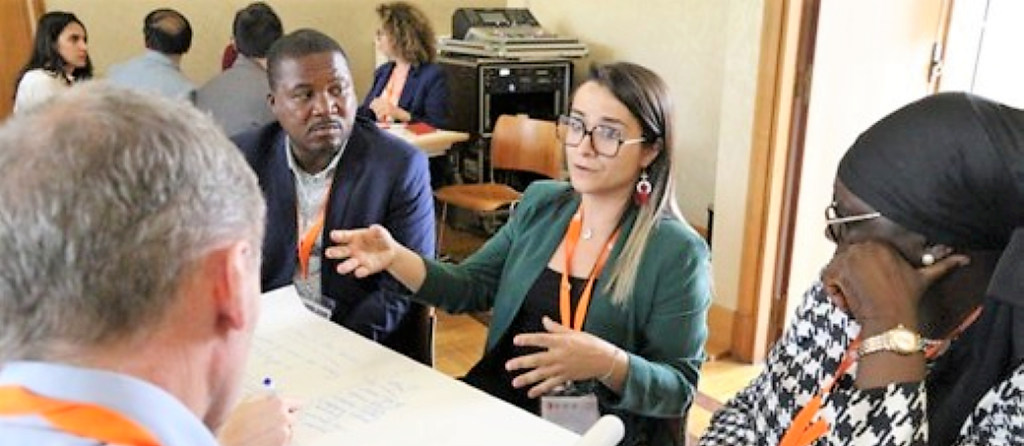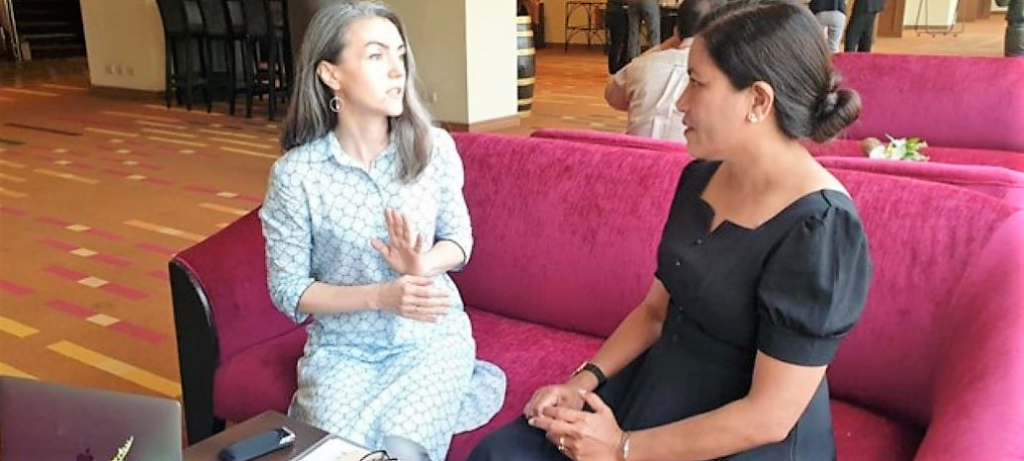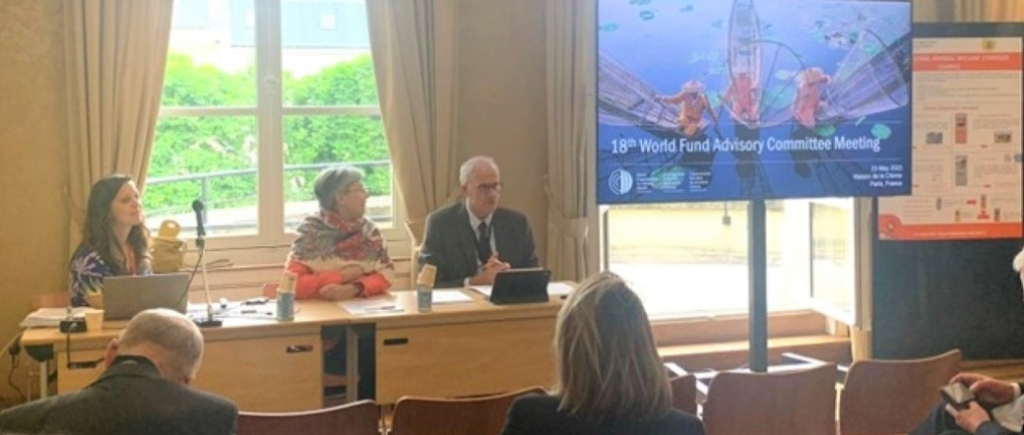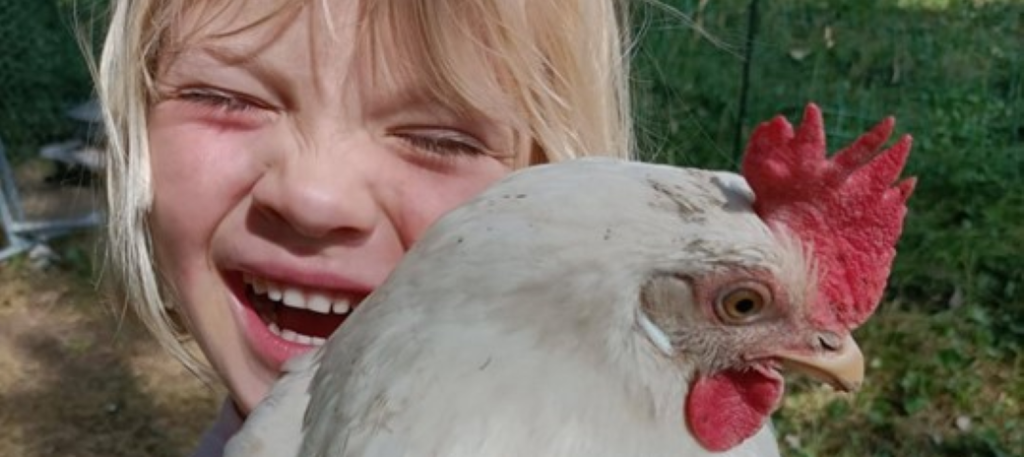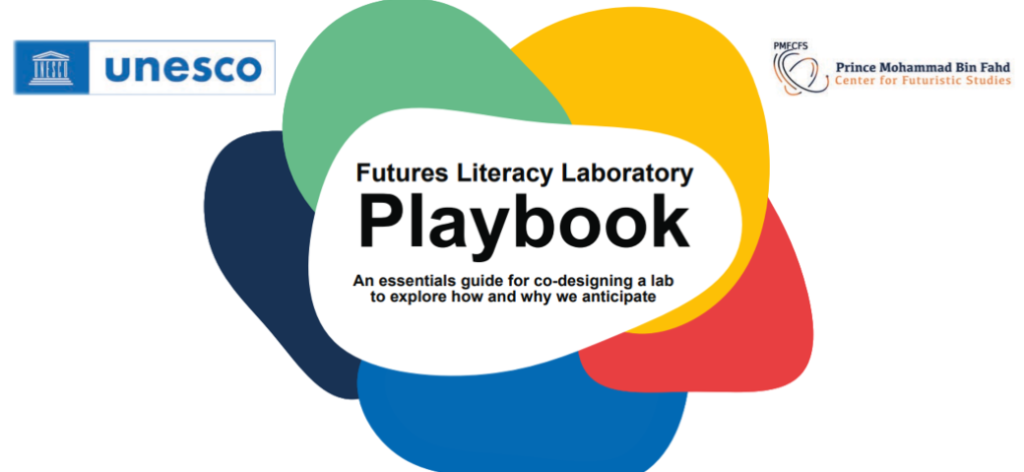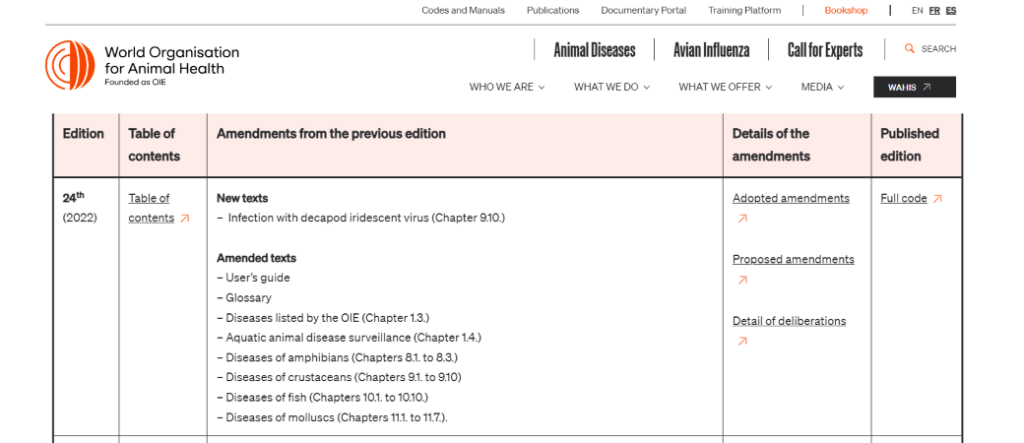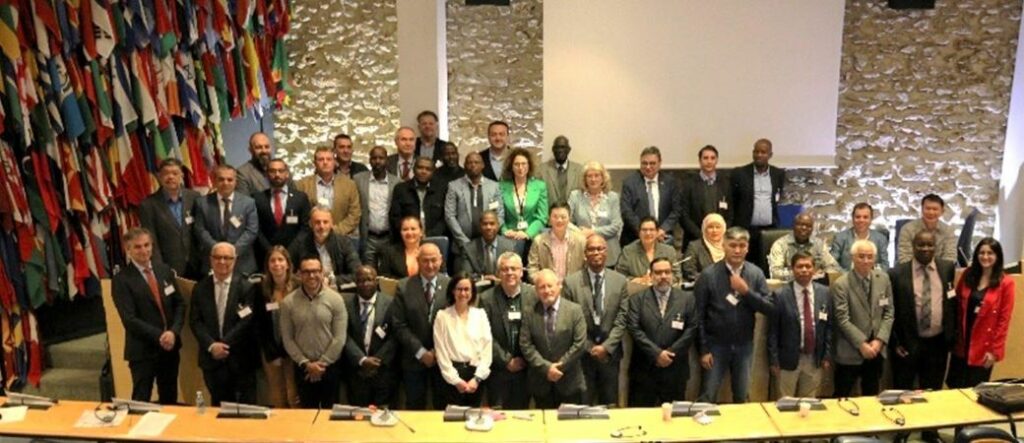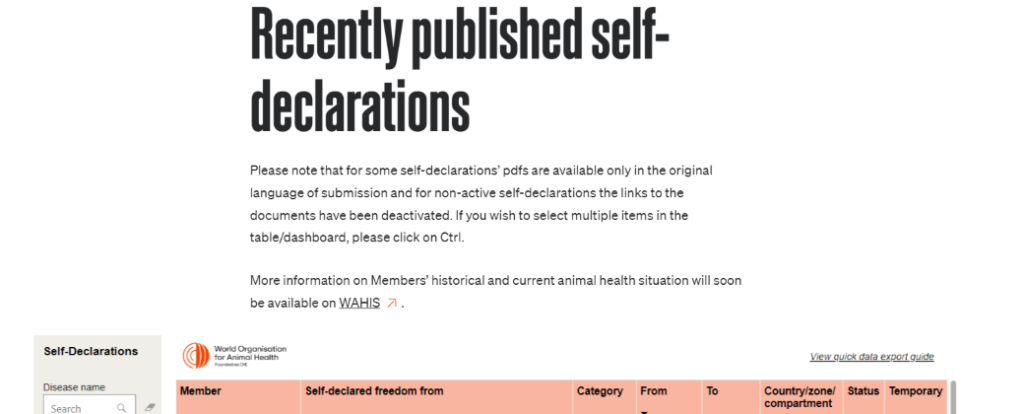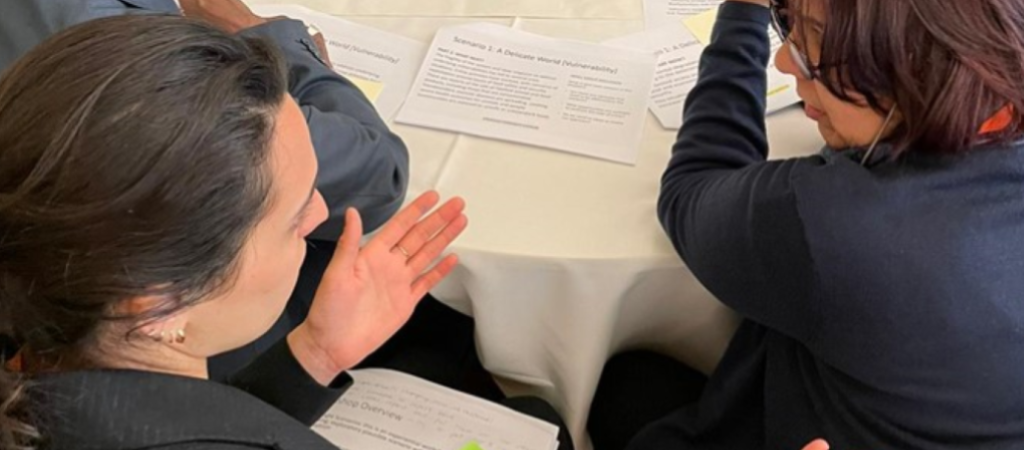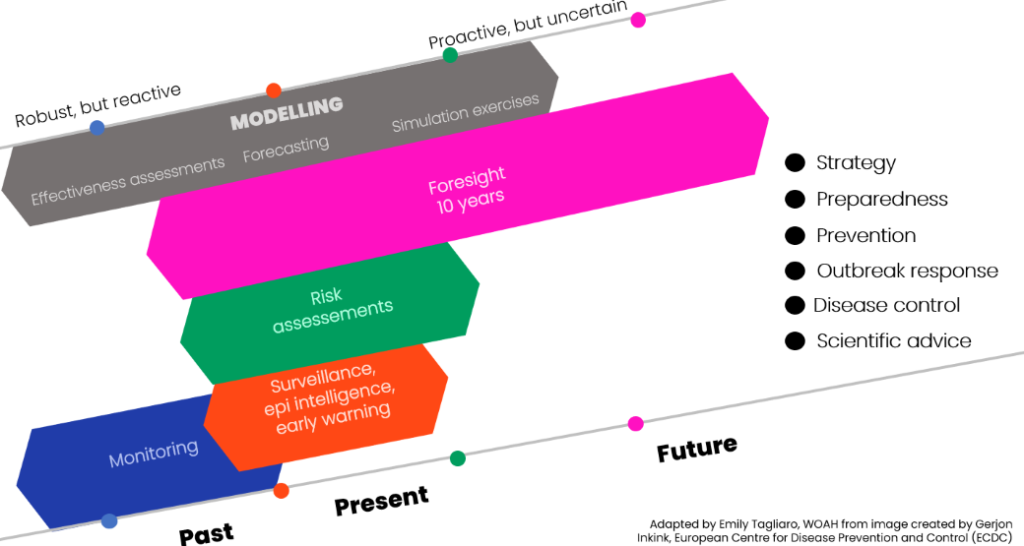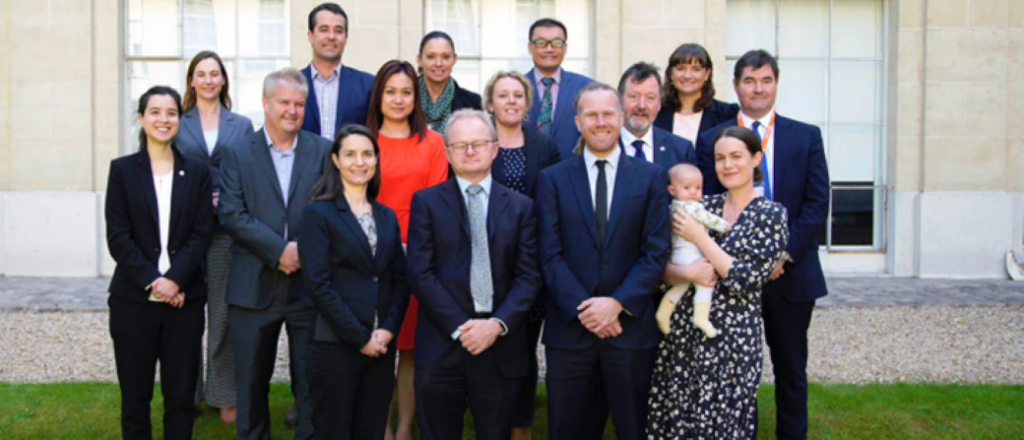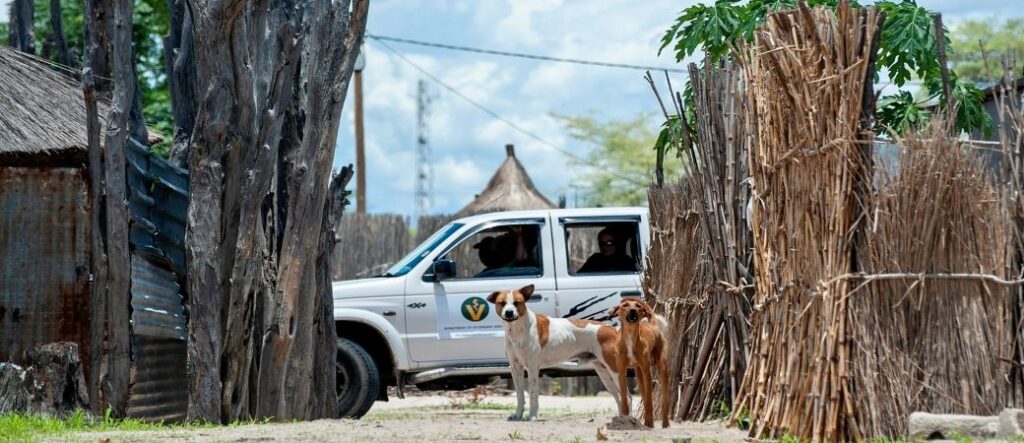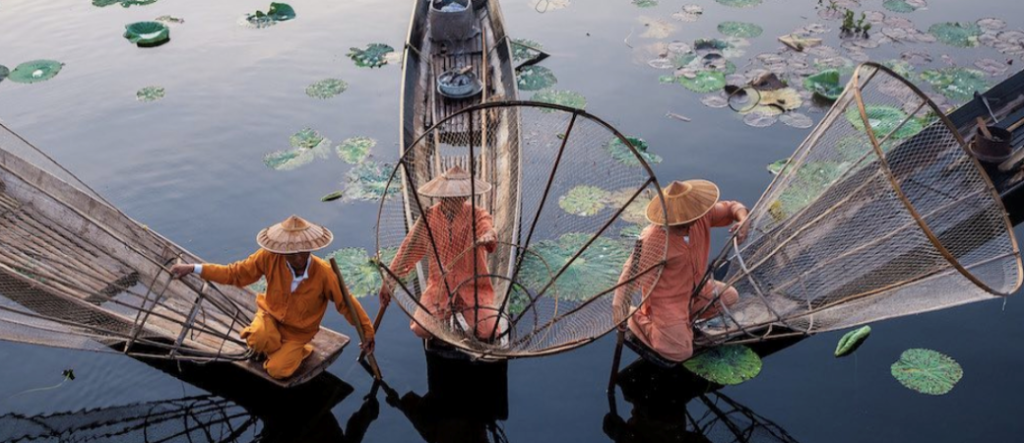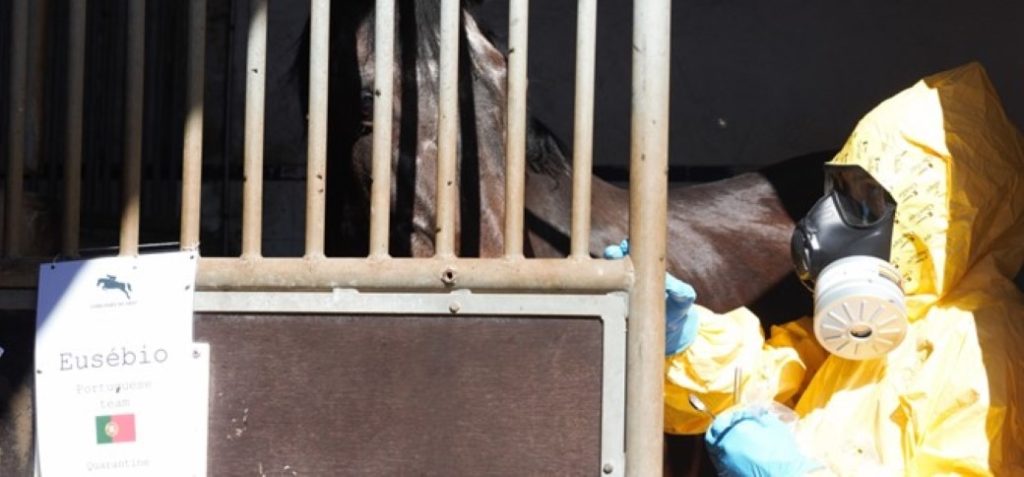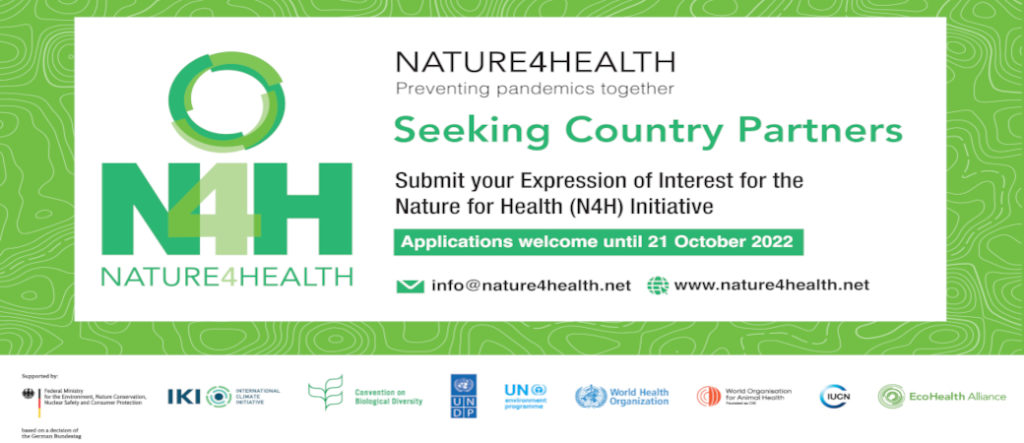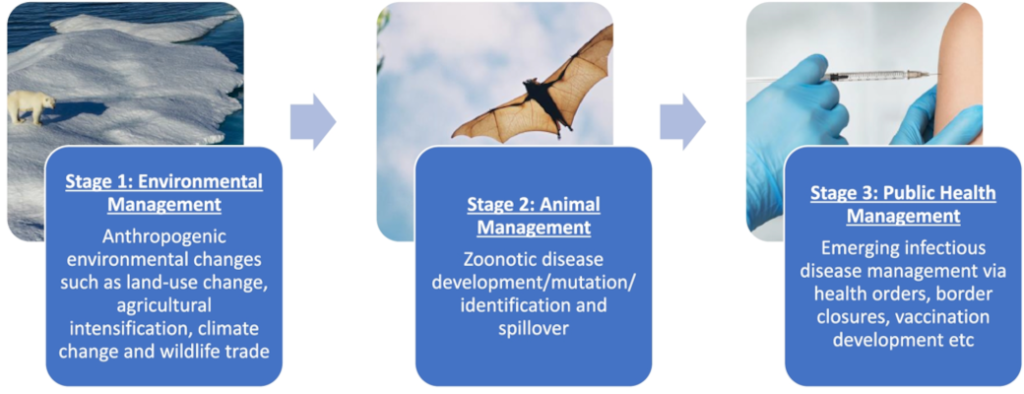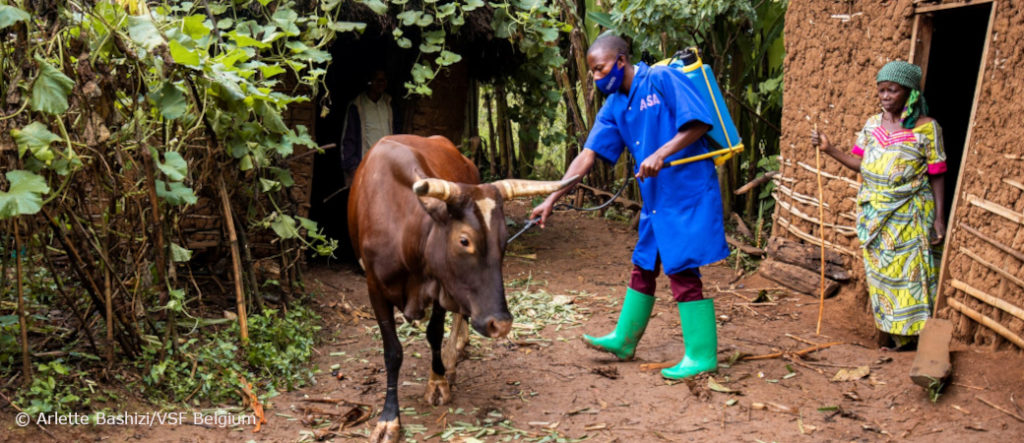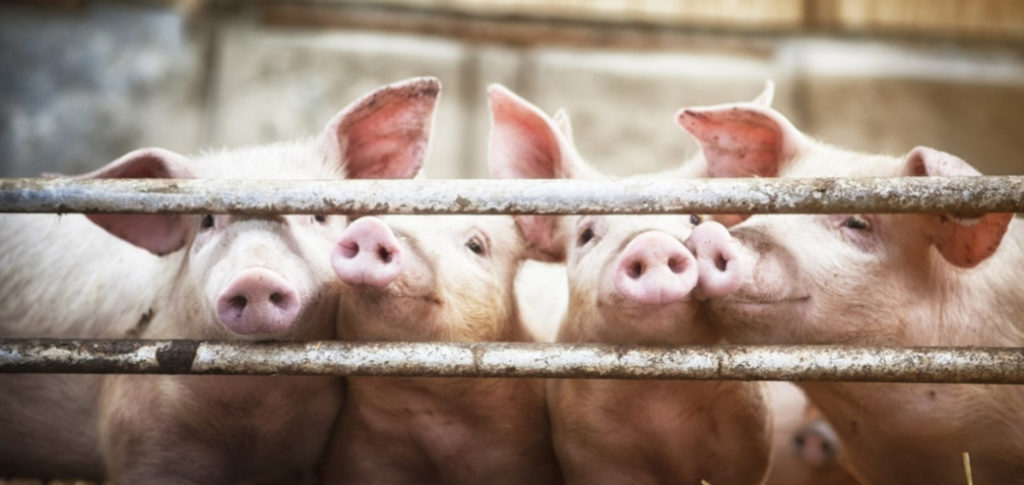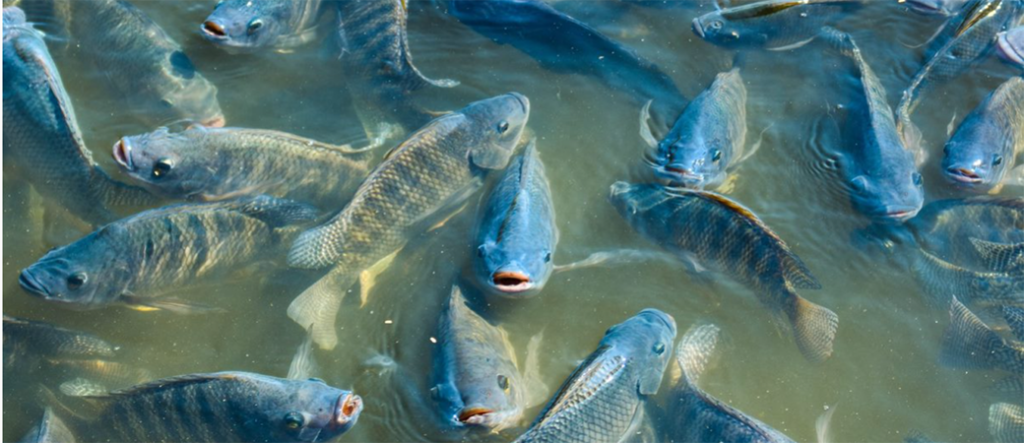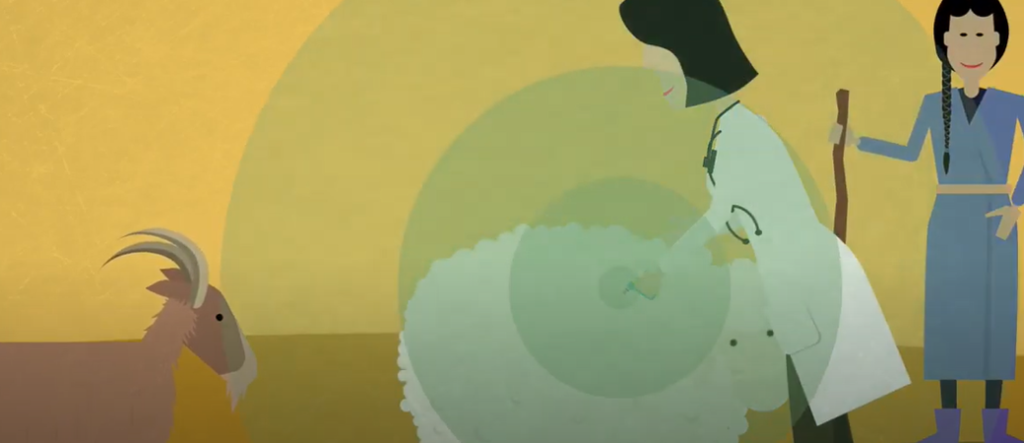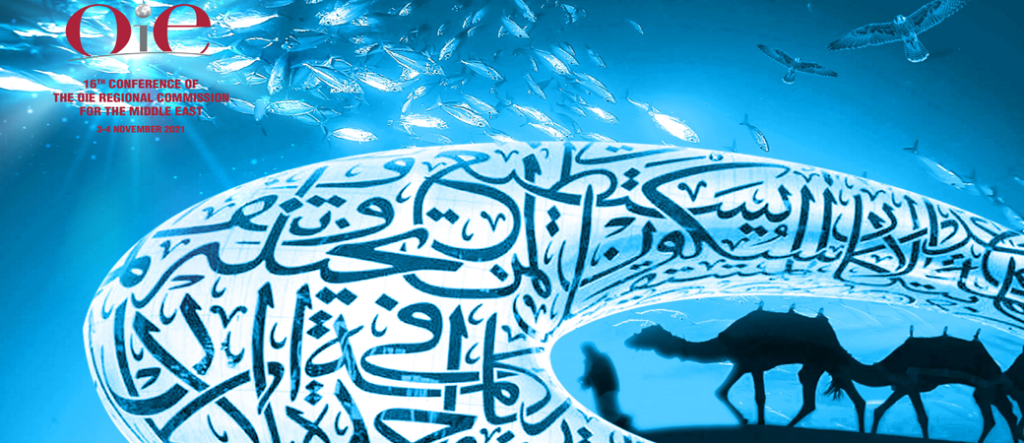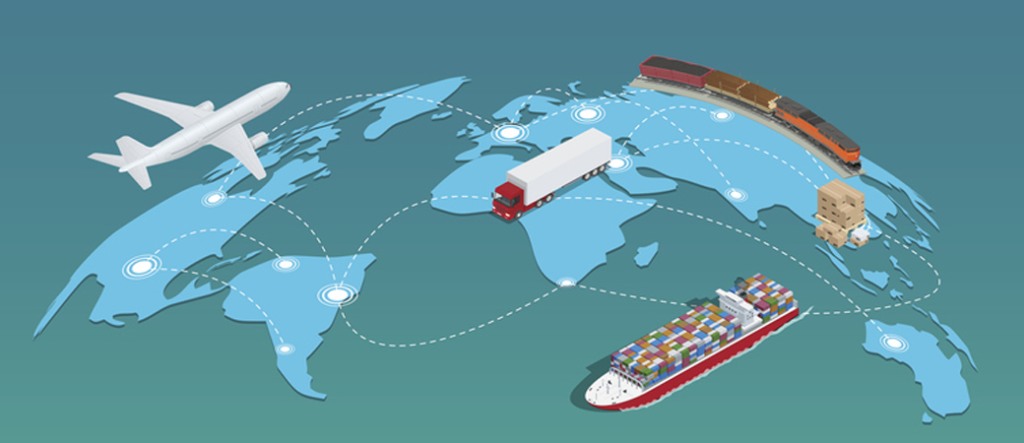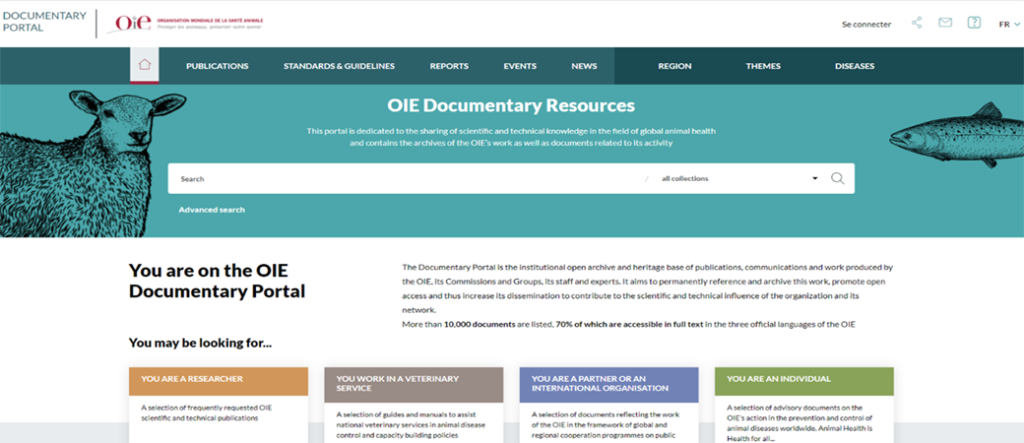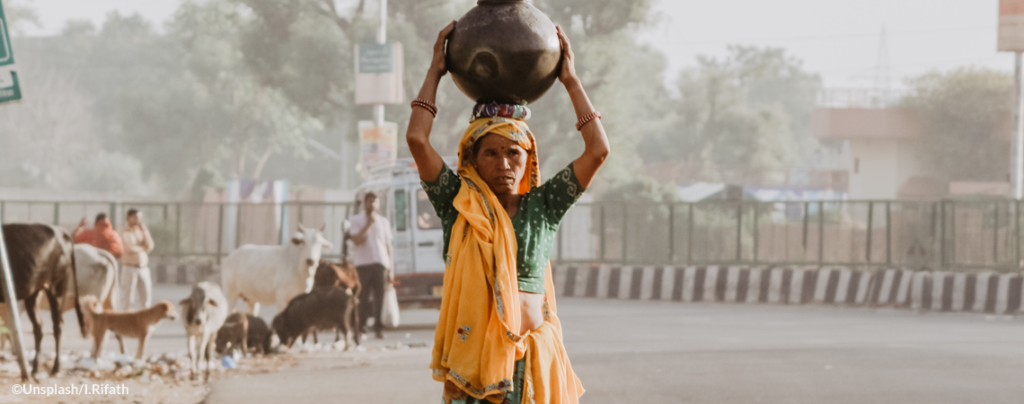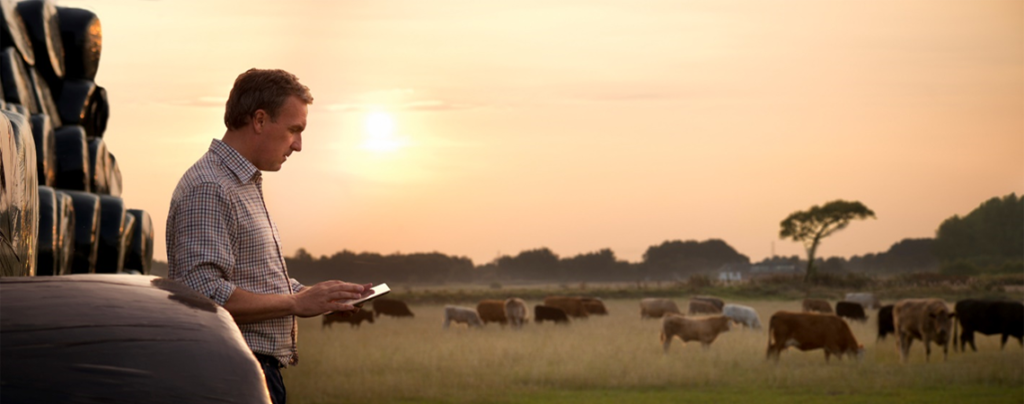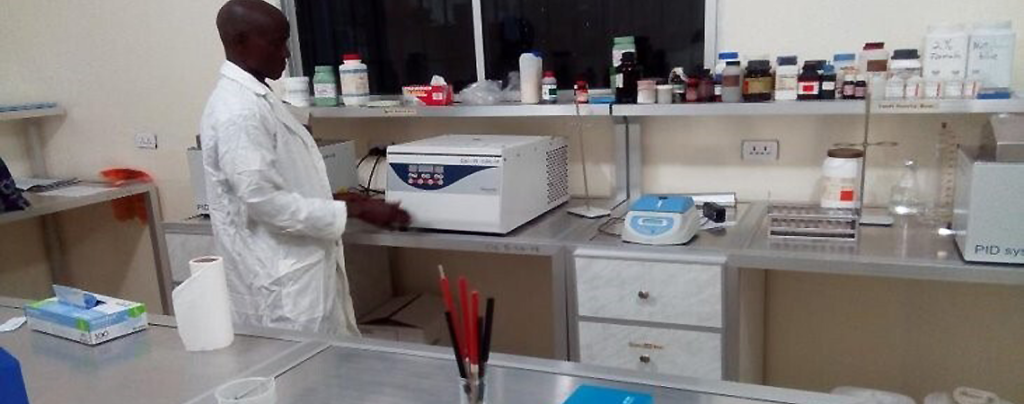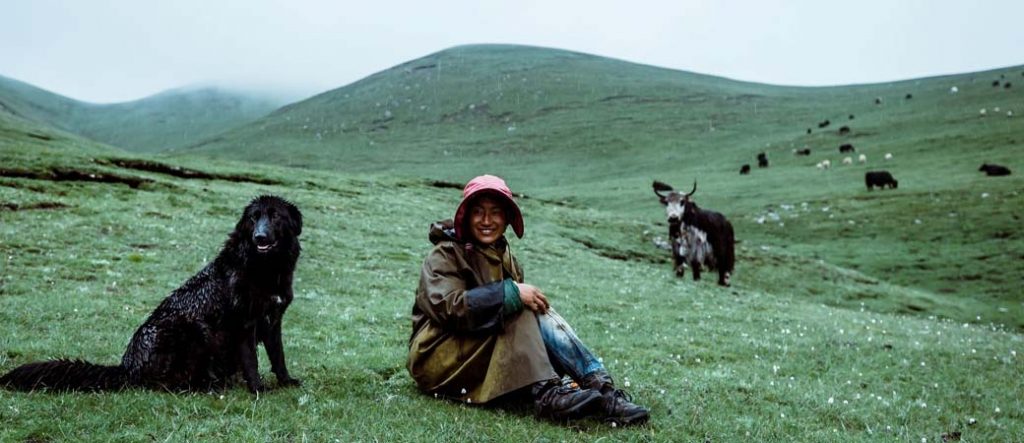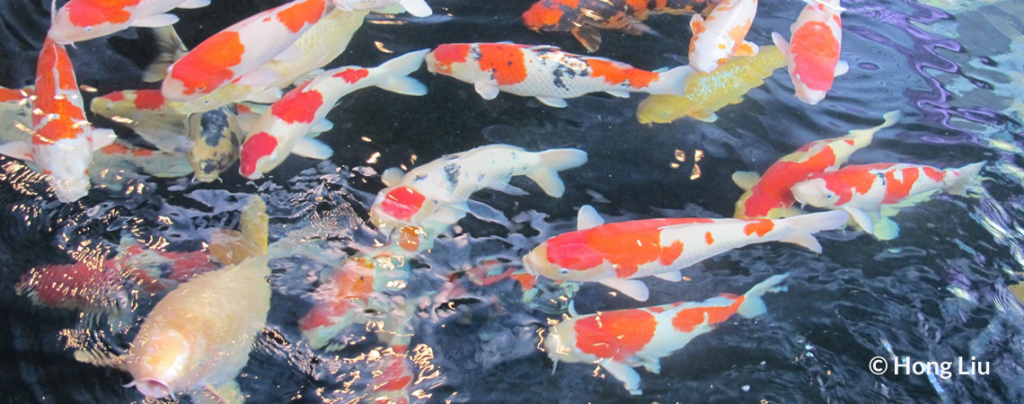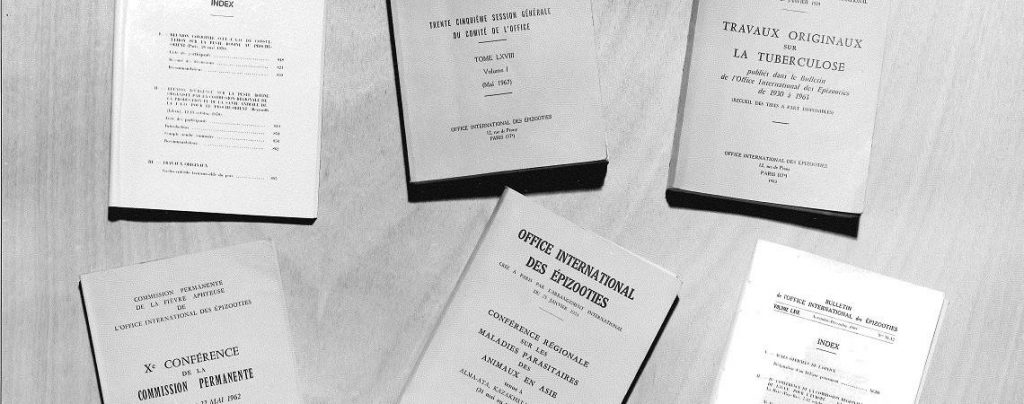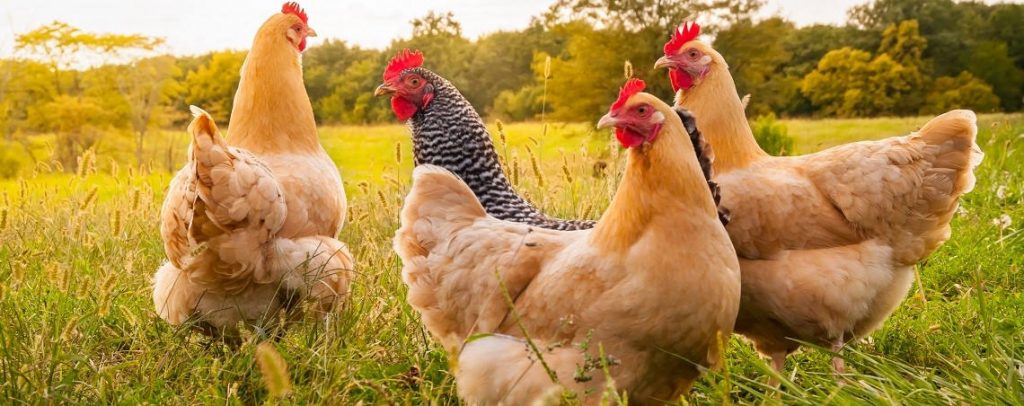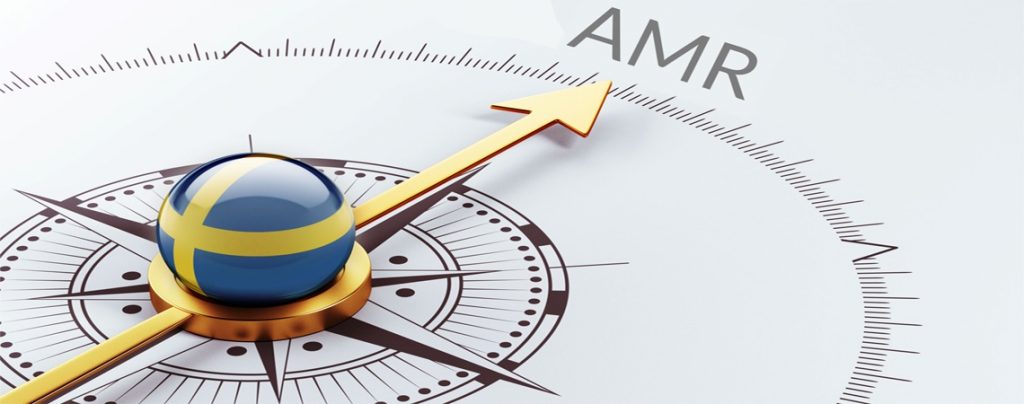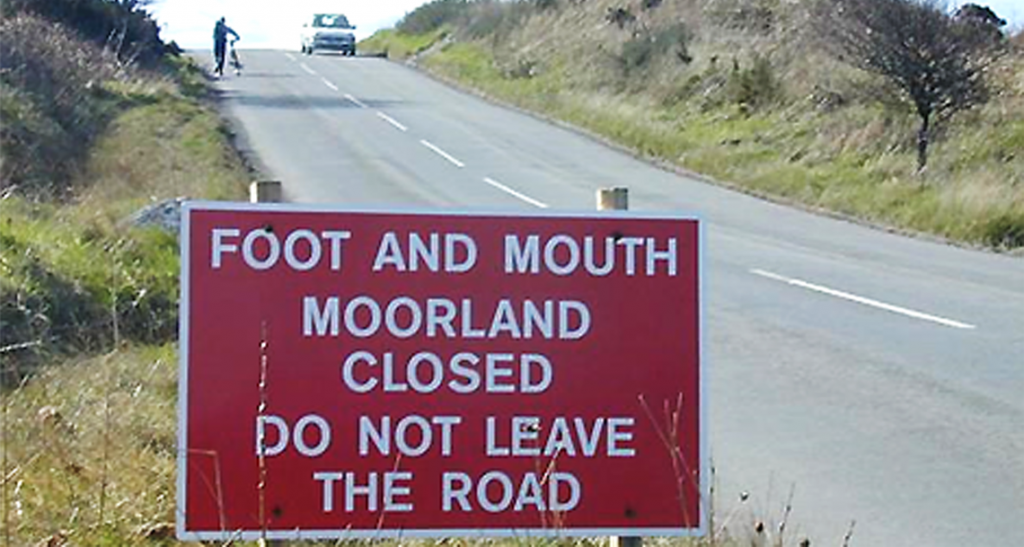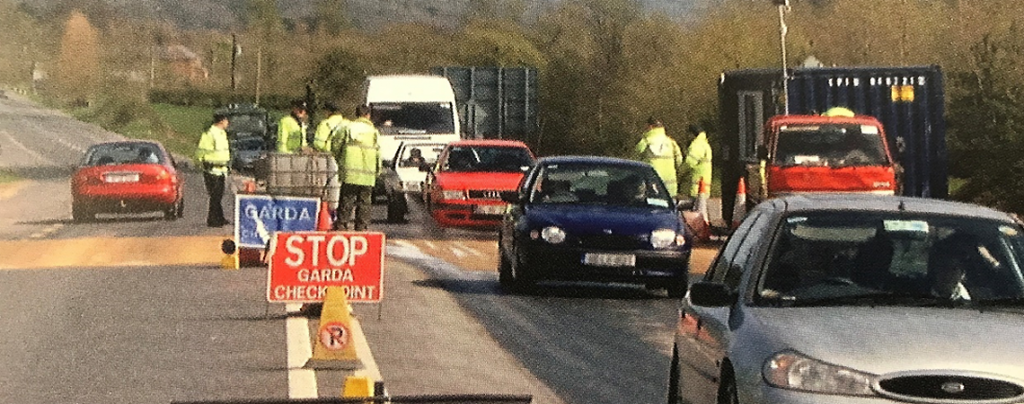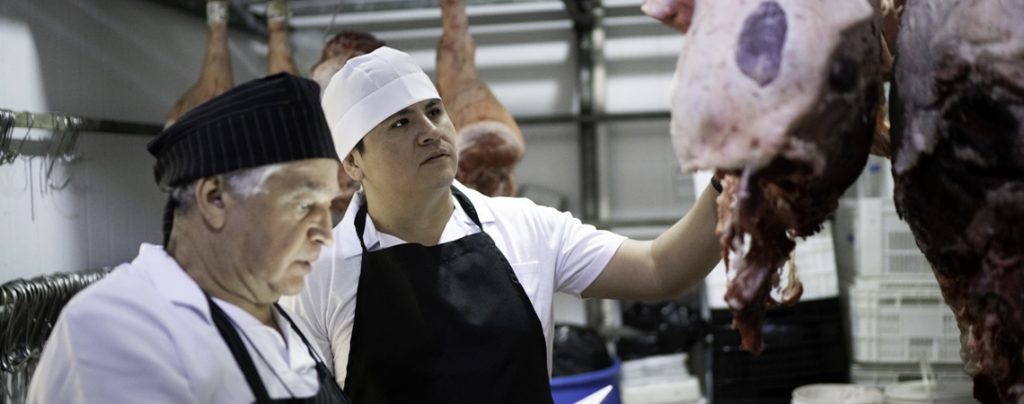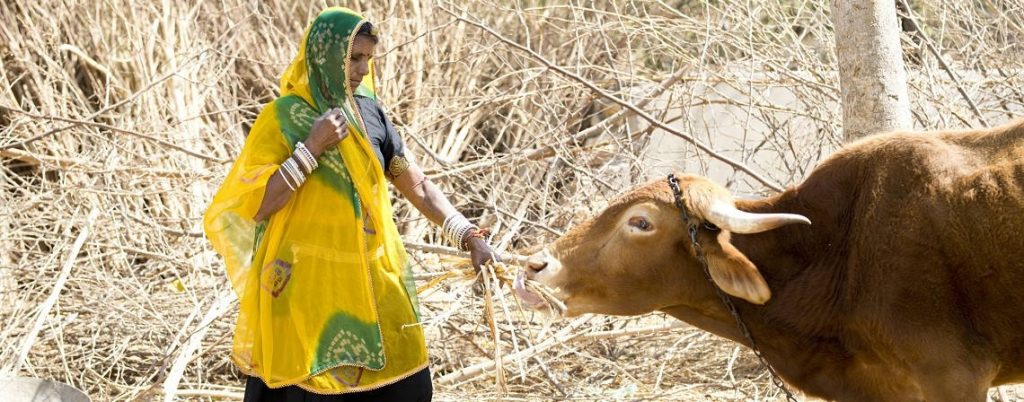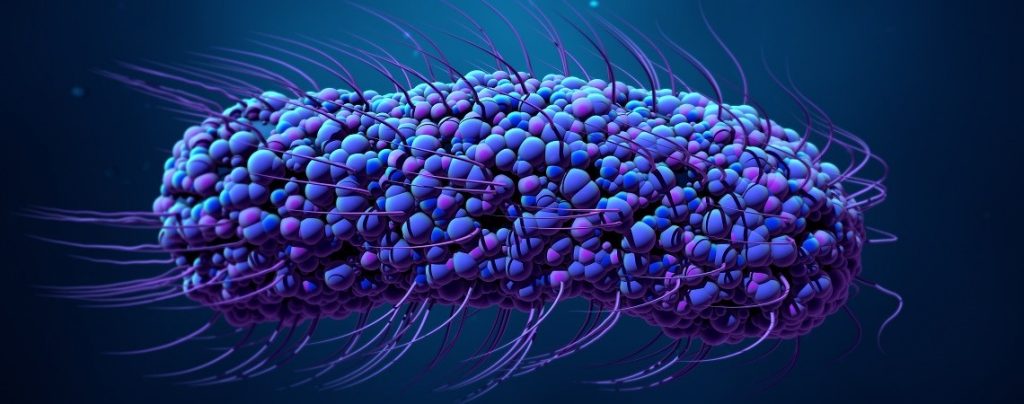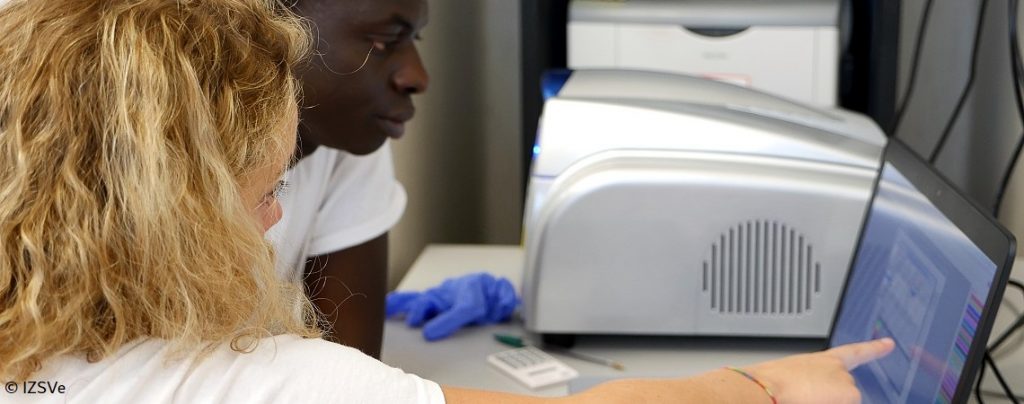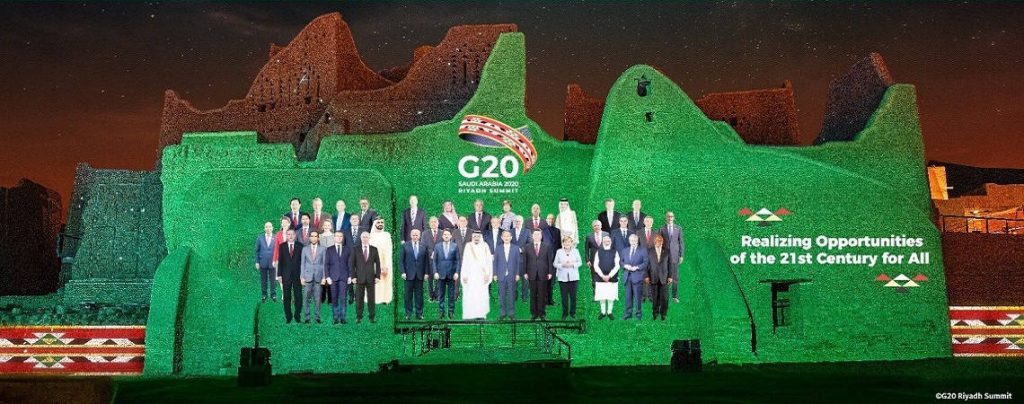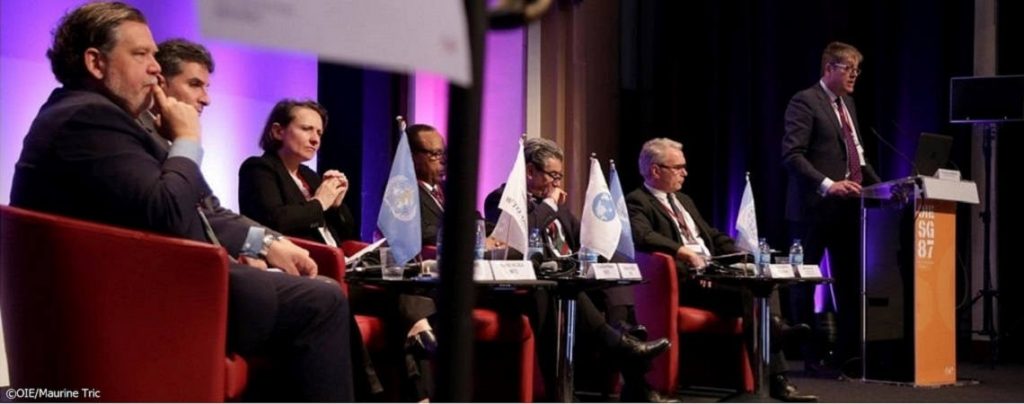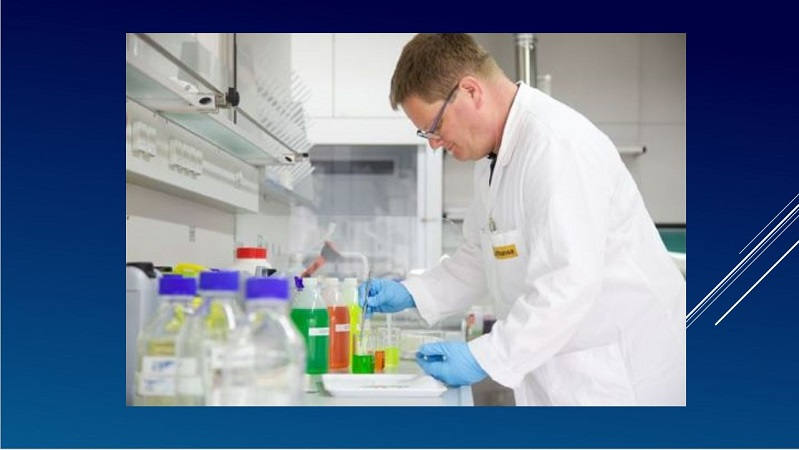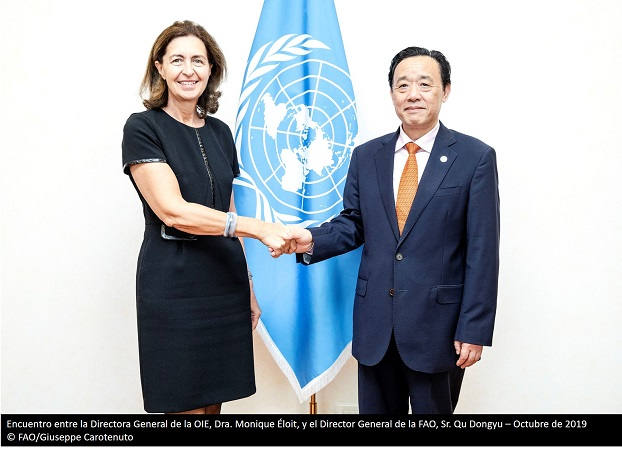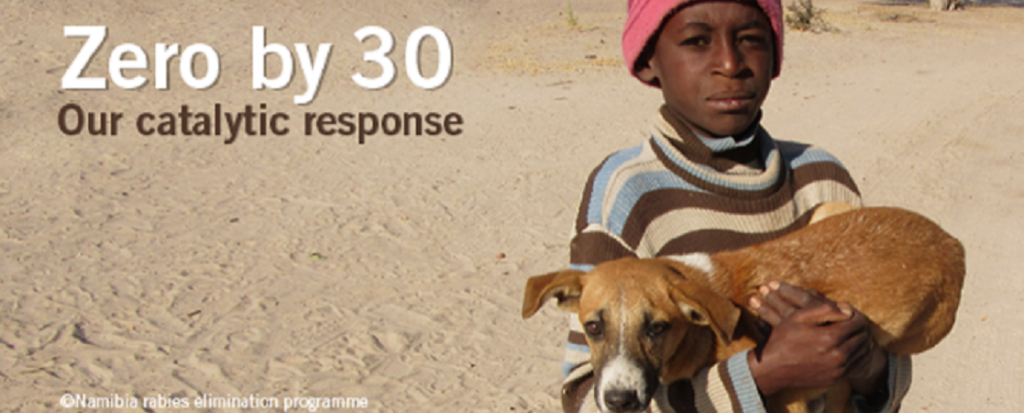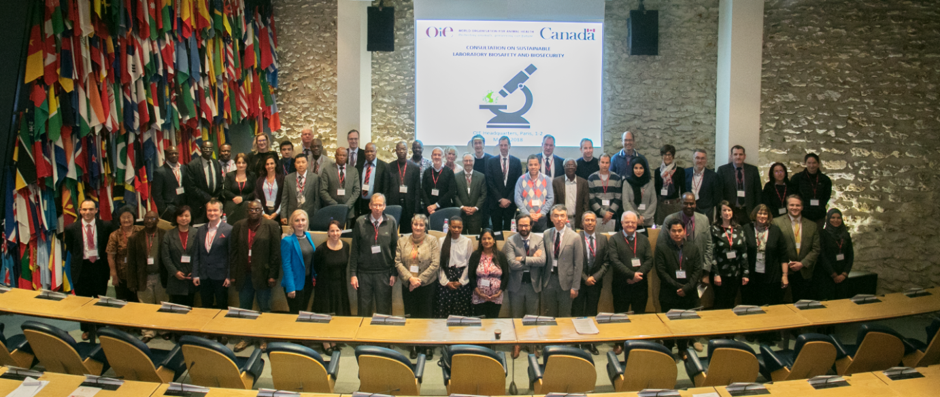INFORMACIÓN CONTINUA Publicado en 2023-08-18 08:35:42
A Word from Our New Reference Centres
Palabras clave
WOAH has designated eight new Reference Centres this year. The following Reference Laboratories and Collaborating Centres contributed when asked to provide a statement for our newsletter.
WOAH Reference Laboratory for lumpy skin disease, Belgium

The WOAH Reference Laboratory for lumpy skin disease, which is also the European Union Reference Laboratory for Capripoxviruses, has the expertise and necessary infrastructure for laboratory diagnostics, genomic characterisation and large animal experimentation with lumpy skin disease virus. The laboratory provides expert advice and provision of training to assist in diagnostic capacity building and is able to organise inter-laboratory testing. The Reference Laboratory provides expertise and services to ensure that high quality vaccines are available and used for lumpy skin disease control. Its research focuses on lumpy skin disease virus transmission, vaccine safety and efficacy and induced immune responses with the goal to improve diagnostics and control tools.
WOAH Reference Laboratory for American foulbrood and for varroosis of honey bees, New Zealand

This new WOAH Reference Laboratory will be focused on the diagnosis, surveillance and research of Paenibacillus larvae, the causative agent of American foulbrood in honey bee colonies. The laboratory is accredited to ISO/IEC 17025:2005 and is the national veterinary laboratory for New Zealand. The laboratory has a variety of methods available for the detection and characterisation of P. larvae including quantitative PCR, microbial culture and whole genome sequencing. The laboratory can also provide training to WOAH Members to assist them in the detection and management of American foulbrood in the field.
The laboratory will also work on the detection, surveillance and research of varroosis of honey bees (as caused by Varroa mite). It will promote and research practical methods for monitoring varroa infestations in beehives because such methods are a critical component of harm prevention when dealing with varroa infestations in beehives. Varroa remains one of the greatest international threats to honey bee health. The laboratory will provide training and assistance to WOAH Members to assist them in their efforts to detect, manage and control the Varroa mite in their honey bee populations.
WOAH Reference Laboratory for mammalian tuberculosis, Spain

This new WOAH Reference Laboratory, which is also the European Union Reference Laboratory for bovine tuberculosis, has the expertise and resources for laboratory diagnostics and research on mammalian tuberculosis. Our goal is to provide technical assistance and expert advice on the diagnosis and control of the disease to WOAH Members. We offer technical training for personnel on the diagnostic methodologies under a quality assurance system (ISO/IEC 17025:2017) and knowledge on biosafety measures. Creation of and providing open access to learning material is our aim for easy implementation of protocols everywhere, as well as providing biological reference material used in the diagnosis of the infection with Mycobacterium tuberculosis complex. Finally, we will join the network of the other WOAH Reference Laboratories for this disease.
WOAH Collaborating Centre on Wildlife Health Risk Management, Indo-Pacific Region
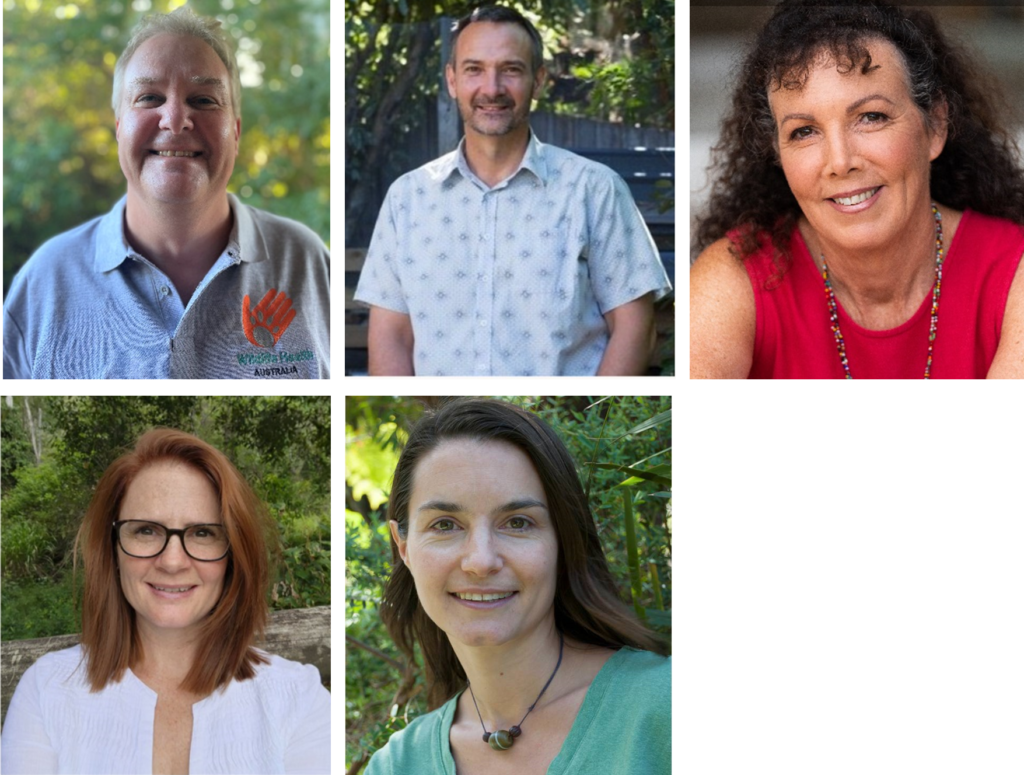
Introducing the newly endorsed WOAH Collaborating Centre for wildlife health risk management, specialising in drivers of emerging risk for Australia and the Indo-Pacific region. The Collaborating Centre is managed by Wildlife Health Australia, under the direction of CEO, Dr Rupert Woods. Dr Steve Unwin, Wildlife Health Australia’s manager for International One Health, is the Head of the Collaborating Centre.
Wildlife Health Australia is excited to help put the WOAH Wildlife Health Framework into practice with the core understanding that our planet is one complex, chaotic system. Wildlife health is a critical pillar of the One Health systems-thinking approach, vital to help protect our planet.
Pathways to change
The overarching goals for the next five years include:
Improving the management of health risks by linking of participation, learning and outcomes will help mitigate health risks, with successful disease mitigation responses from network participants leading to disease risk reduction in wildlife populations, domestic species and humans.
Improving surveillance systems by enhancing and promoting the timely sharing of wildlife health and biosecurity intelligence through the building of trusted networks will lead to a measurable positive legacy.
Through these goals, the Collaborating Centre (CC) aims to support WOAH to successfully integrate wildlife health risk management into One Health practice in the region, resulting in improved public health, food security and biodiversity rejuvenation efforts. This new paradigm can be adapted to achieve similar outcomes globally. The CC will achieve this by facilitating, building, extending, and integrating existing wildlife health policy and practice networks. We will utilise the latest Artificial Intelligence-enhanced methods in monitoring and evaluation to improve accuracy and data reach.
The CC expects to strengthen multisectoral and interdisciplinary communication, coordination and collaboration in capacity building in wildlife disease risk analysis and other evaluation tools. This will improve wildlife health outcomes, including links with other WOAH reference centres involved in wildlife health data analysis.
The CC will support environmental, veterinary, wildlife and public health authorities and organisations to better protect and manage wildlife health, through effective resource planning, practitioner mental resilience support and provision of technical support to achieve One Health outcomes. Improved active participation by key organisations, governments and global bodies, will provide a sustainable resource to address drivers of wildlife disease; and improve disease prevention, preparedness and response capabilities, including through risk analysis, risk management, and policy guidance.
WOAH Collaborating Centre for the Economics of Animal Health, Americas Region
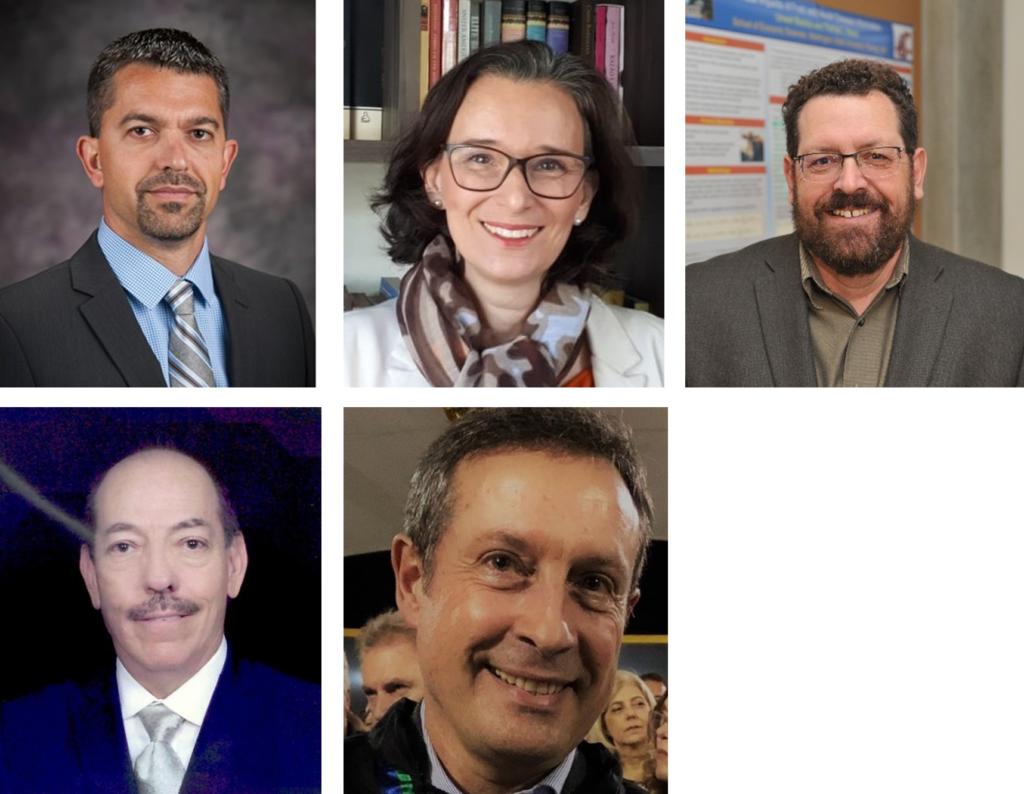
The WOAH Collaborating Centre for the Economics of Animal Health for the Americas Region is comprised of the following entities:
Dustin Pendell, Department of Agricultural Economics, Kansas State University, United States of America
Silvia Helena Galvão de Miranda, Department of Economics, Business and Sociology, Center for Advanced Studies on Applied Economics (Cepea), College of Agriculture Luiz de Queiroz, Universidade de São Paulo, Brazil
Thomas L. Marsh, School of Economic Sciences, Washington State University, United States of America
José Luis Dávalos Flores, Department of Economy, Administration and Rural Development, Faculty of Veterinary Medicine and Zootechnics, National University Autonomous of Mexico, Mexico
Vitor Salvador Picão Gonçalves, Laboratory of Epidemiology and Animal Health Planning (EpiPlan), Faculty of Agronomy and Veterinary Medicine (FAV), University of Brasília (UnB), Brazil
Focus on economics of animal health methods
The Collaborating Centre for the Economics of Animal Health for the Americas Region focuses mainly on animal health management with a specialty in social and economic implications of animal disease. The Centre will focus on the systematic use and training of economics of animal health methods with outcomes that are aligned with the Global Burden of Animal Diseases (GBADs) programme. Therefore, the Centre will have a specific specialty in the following areas:
Improving methods to estimate animal disease and health burdens, where they occur, to whom and by causes and risk factors.
Improving access to and standardisation of animal disease and health burden information through the development of a shared, cloud-based knowledge engine.
Improving capacity to interpret and use animal disease and health burden information.
The Centre will support WOAH through developing systematic economic methods and tools, promoting the use of economics in animal health decision-making, providing information on the burden of animal diseases, building networks of animal health economists, and supporting the establishment of future Collaborating Centres in this specialty in other regions.
WOAH Collaborating Centre for Day-One Vet Competencies, Middle East
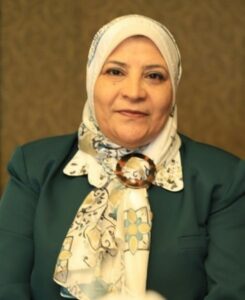
The Faculty of Veterinary Medicine at Cairo University (FVM-CU) was the first veterinary school in the Middle East and Africa. The history of the faculty dates back to 1827 when Egypt’s first veterinary school opened in Rashid (Lower Egypt). FVM-CU aims to be a beacon of science in the region with the dissemination of knowledge to veterinarians in neighbouring countries. It also aims to qualify competing veterinarians from day one after graduation.
The key objectives and impacts planned over the next five years are:
Providing educational courses on identification, prevention, response to, control, and eradication of emerging and transboundary diseases in the region according to WOAH regulations.
Raising awareness on diseases of public health concern.
Offering services and consultancy in high consequence emergency situations.
Developing materials that improve education on WOAH Day-One Competencies.
Providing professional experts at the disposal of WOAH.
Preparing and disseminating technical fact sheets on transboundary and zoonotic diseases for veterinarians and public audience in both the Arabic and English language.
Working with WOAH to review/develop training for WAHIS focal points.
Implementing scientific and technical studies in collaboration with other centres, laboratories or organisations.
We thank our newly designated Reference Centres above for their contribution to our newsletter and look forward to collaborating with them.
For more information regarding WOAH Reference Centres, please contact science@woah.org.




